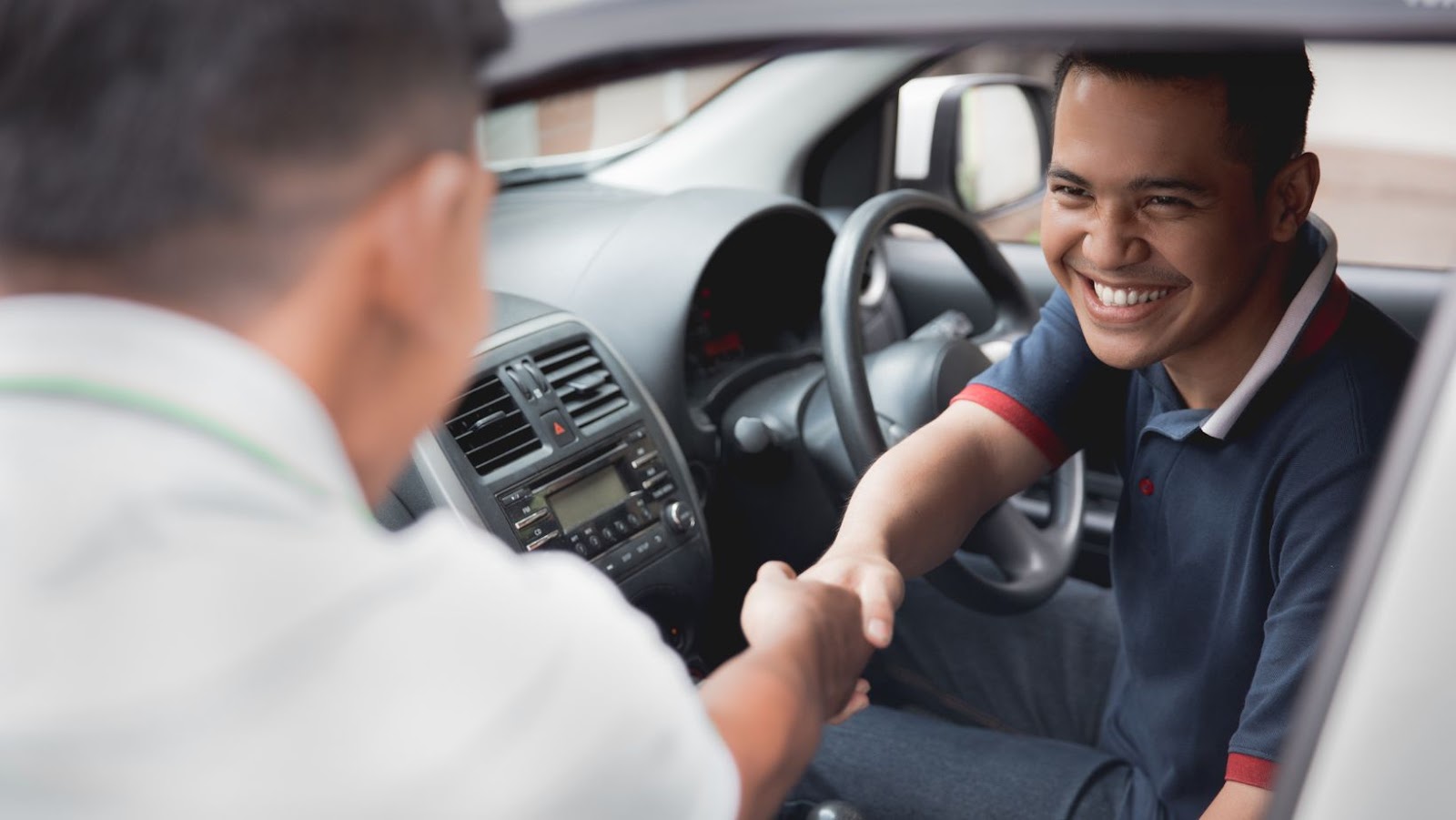Feeling the pressure of competitive ride-hailing services? You’re not alone. Uber has established itself as one of the most successful businesses in modern times, and in this article, we’ll explore its competitive advantages.
Discover how Uber stays ahead of the competition and learn how you can too!
Uber beats estimates and the stock is up
Uber is a ride-sharing and transportation company that has revolutionized how people move around their cities. To differentiate itself from traditional taxi services, Uber offers several competitive advantages. This introduction provides an overview of those advantages and how they have helped the company become a market leader.
Uber’s biggest advantage is its technology platform, which provides convenience and flexibility to both riders and drivers. For example, the mobile app makes it easy for customers to order a rideshare at any time, without having to wait in line or haggle with a driver over pricing. Additionally, Uber’s algorithms provide dynamic pricing depending on ride demand and other factors, giving customers access to deals unavailable through other transportation services.
Furthermore, Uber’s vast network of drivers allows it to serve customers quickly regardless of location or time of day. With more than 10 million active drivers across the globe, Uber can quickly match riders with nearby drivers, resulting in faster pick-up times than most traditional taxi companies can offer.
Finally, Uber is integrated with many payment systems including Visa Checkout and PayPal to make paying for rides quick and easy for customers worldwide. Customers also can split fares with friends directly in the app itself so there’s no need for cash payments or change exchanges– adding even more convenience for users during their commute! All of these features help position Uber as one of the leading ride-sharing companies in the world.

Leveraging Technology
Uber has leveraged technology to create an extensive network of drivers, customers, and businesses. This allows them to quickly match demand with supply and develop a competitive edge in many markets. Additionally, Uber’s algorithms instantly connect customers to the closest driver, delivering faster service while reducing operational costs.
Uber’s technology also provides significant advantages when it comes to payment processing. Customers can securely and conveniently request services or purchase products through the app using their chosen payment method (e.g., credit card, Apple Pay), and send payments with just a few taps of the finger. Furthermore, Uber ensures that customer data is securely stored and protected so that it does not fall into the wrong hands.
Finally, Uber harnesses its technological capabilities for safety purposes as well by having built features like RideCheck which enables customers to confirm their driver’s identity before getting in a car. Uber has also integrated digital records into their system which documents proof of ride completion for added security measures between riders and drivers; this means customers can always provide proof of obtaining services from an Uber-affiliated driver should they ever need additional evidence.

Network Effects
Uber’s network effects have been identified as an advantage. Network effects arise when the value of a product or service increases with the number of users. Uber’s success depends on both the sides of its platform – Riders and Drivers, which results in its exponential growth.
By creating a 2-sided market place (the driver-rider model), Uber increases the value for both drivers and riders as more people join, offering drivers customers while also providing riders more transportation options. Uber provides an unparalleled customer experience both by providing users with access to drivers and cars quickly and conveniently, but also by maintaining standards of customer service quality through star ratings that incentivize fare fairness and considerate behavior.
As greater numbers join their networks, they gain leverage over costs, since they can pay lower costs per transaction – leading to an ever-increasing competitive edge over rivals. As a result, Uber has become one of today’s most valuable companies.
Customer Loyalty
Uber has been very successful in creating long-term customer loyalty. Uber began offering riders discounts and incentives which have encouraged repeat use of the service. Through these rewards, Uber has built a pool of loyal customers who are invested in using their service over other ride-sharing services. Additionally, Uber offers an array of payment options, including cash payment in many countries, enabling them to reach customers who don’t have access to traditional banking systems or credit cards. The convenience and ease of the payment process leads to increased customer satisfaction and loyalty.
Uber’s loyalty program also provides customers with bonuses that can be used for future rides. These bonuses are given for reaching goals and milestones like taking a certain number of trips within a month or referring friends to the service. This incentive based loyalty program gives customers added incentive to rebook future rides every time they need transportation, ensuring that they stay loyal to the service. Similarly, Uber’s reward programs provide further bonuses for being active on social media and engaging with the community, driving more repeat trips and increased customer loyalty.

Pricing Strategies
Using a low-cost strategy, Uber strategically prices their fares lower than local cab companies. By targeting consumers seeking the most cost-effective ride home or to their destination, Uber appeals to those who would otherwise not take a taxi due to its typically high cost. Along with offering discounted rates, Uber also works closely with local banks and other financial institutions to provide financing options allowing customers more time to repay their rides.
In addition to price discounts and financing incentives, Uber also uses the power of bundling – specifically with food delivery services such as UberEats that allows riders to save money by ordering food along with their trips. By incorporating regular promotions into its pricing strategies, Uber has been able to create an attractively priced transportation service that most customers view as competitively priced when compared with other ride services in the area or traditional taxi companies.
Cost Control
Uber has been able to control costs through a variety of approaches, including skimming the top of the labor market for well-paid drivers; using surge pricing to match supply and demand in an efficient way; and leveraging technology and data to optimize fares. Uber’s low fares have drawn customers away from more expensive competitors, enabling the company to capture market share. Furthermore, Uber’s innovative business model has allowed it to capture more of the value generated by ride-hailing than its competitors, resulting in greater profitability and growth.
Another factor contributing to Uber’s cost control is its ability to continually improve technology as newer advances become available as well as incorporate artificial intelligence into ride-hailing. The use of advanced algorithms helps drivers better plan routes and serve customers faster while also reducing wait times, further increasing profitability. Finally, Uber can access vast amounts of data through its notable collection through mobile phones GPS components which facilitate cost savings in many markets. In this way, Uber is able to provide a much smoother experience for customers at a lower cost than its competitors.
tags = Uber reported fourth-quarter earnings, Eats revenue in its first, second, and third quarters of 2022, filing uber 30b 52b yoybrownecnbc, uber ebitda 509m 837m yoybursztynskycnbc


More Stories
All You Need to Know About Responsible Gambling in Online Casino
4 Cornerstones Defining the Number One Crypto Casino in 2023
5 Online Gambling Software Developers Industry Titans